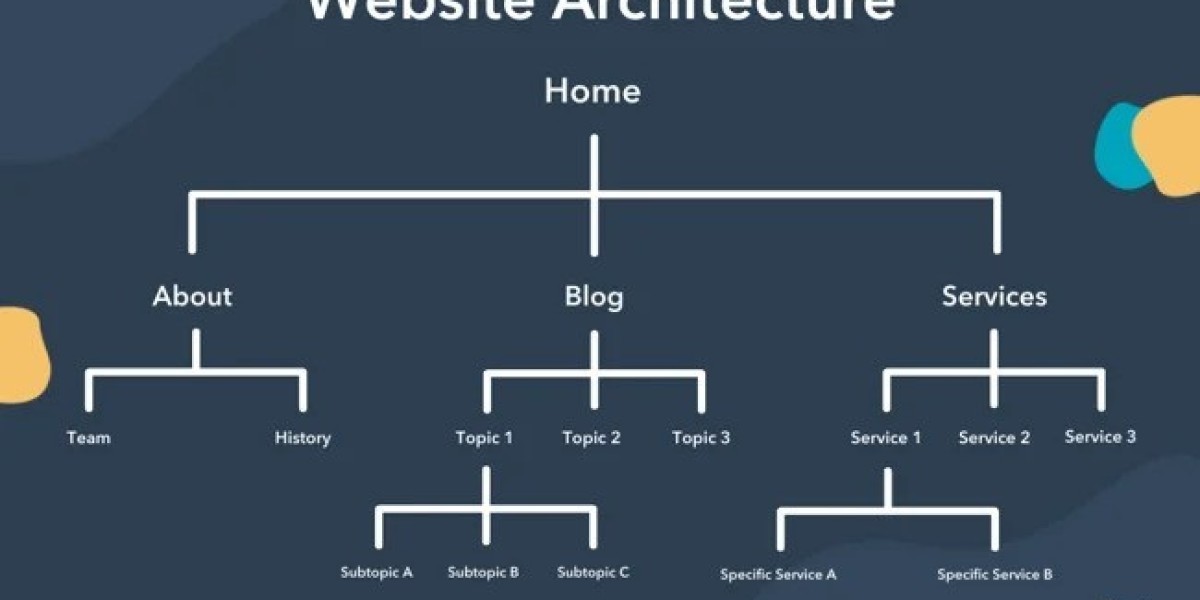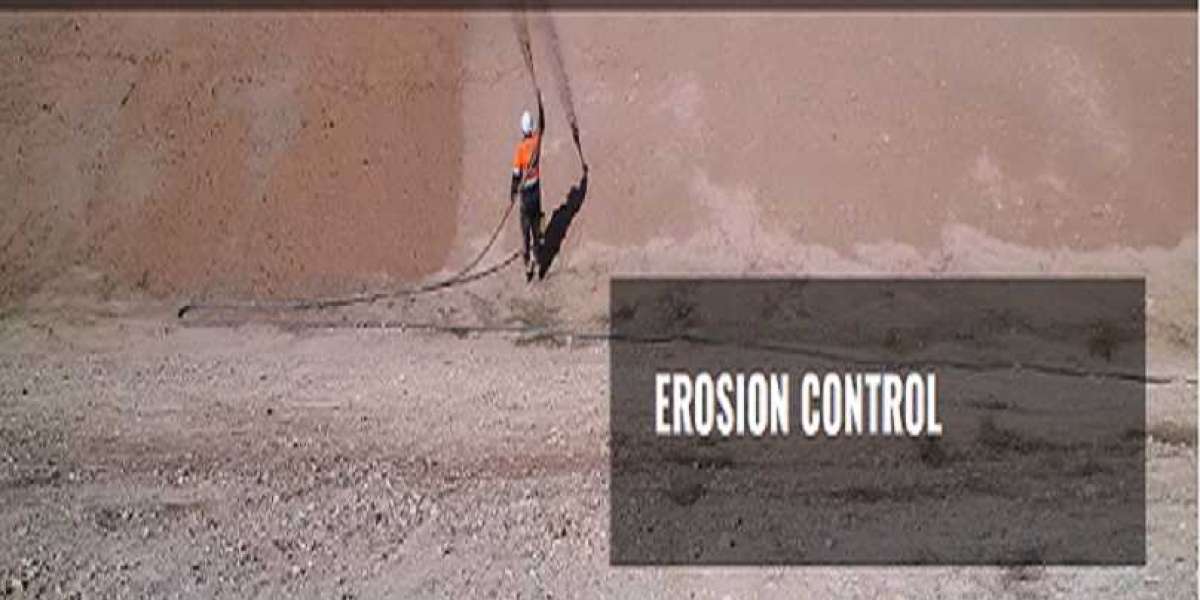Website architecture is one of the key elements that directly impacts your site's technical SEO performance. It refers to how the pages on your website are organized and linked together, which affects both user experience and how search engines crawl and index your site. A well-structured website enables search engines to easily understand your content, leading to better search rankings and improved visibility. In this article, we’ll explore how website architecture influences technical SEO, especially for eCommerce businesses, and outline the best structuring techniques to optimize your site for success.
Why Website Architecture Matters in Technical SEO
Website architecture forms the foundation of your site's SEO strategy. A well-designed site structure ensures that users can easily navigate your pages and search engines can efficiently crawl your content. This is particularly important in technical seo for ecommerce, where product categories, filtering options, and hundreds or thousands of product pages must be easily accessible.
Here are a few reasons why website architecture is critical to technical SEO:
Crawlability
Crawlability refers to how easily search engine bots can crawl your site’s pages. If your website’s structure is too complex or includes many dead ends, search engines may struggle to index your content. A well-organized structure improves crawlability by providing clear paths for search engines to follow.
Indexation
Proper website architecture ensures that search engines can efficiently index your content. Indexation is crucial because if search engines can't index your pages, they won't appear in search results. By using an organized structure, you can prioritize important pages and ensure they’re fully indexed.
Internal Linking
A solid internal linking strategy is part of good website architecture. Internal links not only help users navigate between pages but also allow search engines to pass authority (link equity) from one page to another. This can help boost the ranking potential of important pages, such as product or service pages.
User Experience
Good website architecture enhances the user experience (UX). When users can find what they’re looking for easily, they are more likely to engage with your content, make a purchase, or spend more time on your site. UX signals, such as lower bounce rates and longer time spent on-site, are also considered ranking factors in SEO.
Mobile Friendliness
With mobile searches now dominating the online space, having a mobile-friendly site architecture is crucial. A clean, responsive design helps both users and search engines navigate the site effectively on mobile devices, which positively impacts your technical seo efforts.
Best Structuring Techniques for Technical SEO
To improve your site's architecture and boost technical SEO, it’s important to implement the following structuring techniques. These best practices are crucial for building an SEO-friendly site and ensuring that search engines can crawl, index, and rank your pages effectively.
Create a Clear and Logical Hierarchy
One of the most important steps in website architecture is creating a clear and logical hierarchy. This refers to how your pages are organized from top-level categories down to subcategories and individual pages. Ideally, your site’s hierarchy should follow a simple, intuitive structure:
- Home page at the top level
- Main categories or sections (e.g., Products, Services, Blog)
- Subcategories under each main category (e.g., Electronics, Clothing, Accessories)
- Individual pages such as product or service pages under each subcategory
Use a Flat Site Structure
A flat site structure reduces the number of clicks it takes for a user to reach any page on your site. Ideally, no page should be more than three clicks away from the home page. This improves user experience and ensures that search engines can access all of your important pages quickly. Flat structures are especially important for technical SEO for eCommerce sites, where there are often many product pages.
Optimize URL Structure
A clean and SEO-friendly URL structure is essential for both users and search engines. Your URLs should be descriptive and reflect the hierarchy of your site. For example:
https://www.example.com/electronics/laptops/gaming-laptop
This URL clearly shows the hierarchy, making it easy for both users and search engines to understand where the page is located. Avoid using complex parameters or dynamic URLs that make it difficult for search engines to crawl your site.
Use Breadcrumb Navigation
Breadcrumbs provide a secondary navigation option that helps users understand their location within the site hierarchy. They also assist search engines in understanding the structure of your site. For example, a breadcrumb trail might look like this:
Home > Electronics > Laptops > Gaming Laptop
Not only do breadcrumbs enhance user experience by providing easy navigation, but they can also appear in search results, improving the appearance of your listings and increasing click-through rates. Working with a technical seo agency can help ensure that your breadcrumbs are implemented correctly for maximum SEO benefits.
Implement Internal Linking
Internal linking is a powerful tool for improving both user navigation and SEO. By linking between pages, you help users discover related content and allow search engines to crawl and pass authority between important pages. Internal links should be placed strategically within content, such as blog posts, product descriptions, and landing pages.
Optimize for Mobile-First Indexing
Google now uses mobile-first indexing, which means it primarily uses the mobile version of your site for indexing and ranking. Therefore, your website architecture must be optimized for mobile devices. A responsive design that adapts to different screen sizes is essential for both user experience and technical SEO.
Use XML Sitemaps
An XML sitemap is a file that lists all the important URLs on your website and helps search engines crawl and index your site more efficiently. By submitting an XML sitemap to search engines like Google, you ensure that all your important pages are discoverable. This is particularly useful for large eCommerce sites with thousands of pages, where some URLs may be difficult for search engines to find.
Reduce Duplicate Content
Duplicate content can confuse search engines and dilute your ranking potential. To avoid this issue, ensure that your site architecture prevents multiple URLs from displaying the same content. For example, in eCommerce, product pages might be accessible from different categories or filters, leading to duplicate content.
The Role of Technical SEO Agencies in Optimizing Website Architecture
Optimizing website architecture for technical SEO can be a complex process, especially for large or eCommerce websites with extensive product catalogs. Technical SEO agencies play a crucial role in ensuring that your site’s structure is well-optimized for search engines. Here’s how they can help:
- Site Audits: A technical seo agency will conduct a thorough audit of your website to identify any structural issues that may be hindering your SEO performance.
- Crawlability Improvements: They ensure that your site is fully crawlable by search engines, helping you identify and fix any issues that could prevent certain pages from being indexed.
- Mobile Optimization: A technical seo agencies help implement mobile-friendly architecture to align with Google’s mobile-first indexing practices.
- Internal Linking Strategies: They assist in creating an effective internal linking strategy to improve both user experience and SEO performance.
Conclusion
Website architecture plays a critical role in technical SEO, and optimizing it is essential for ensuring that both users and search engines can easily navigate your site. By implementing best practices such as creating a clear hierarchy, using a flat site structure, optimizing URLs, and improving internal linking, you can significantly boost your website’s SEO performance. Working with a technical SEO agency can provide additional benefits by helping you identify and fix structural issues that may be holding your site back. Whether you run an eCommerce business or a content-driven site, investing in proper website architecture will improve your site’s crawlability, indexation, and overall search rankings.



